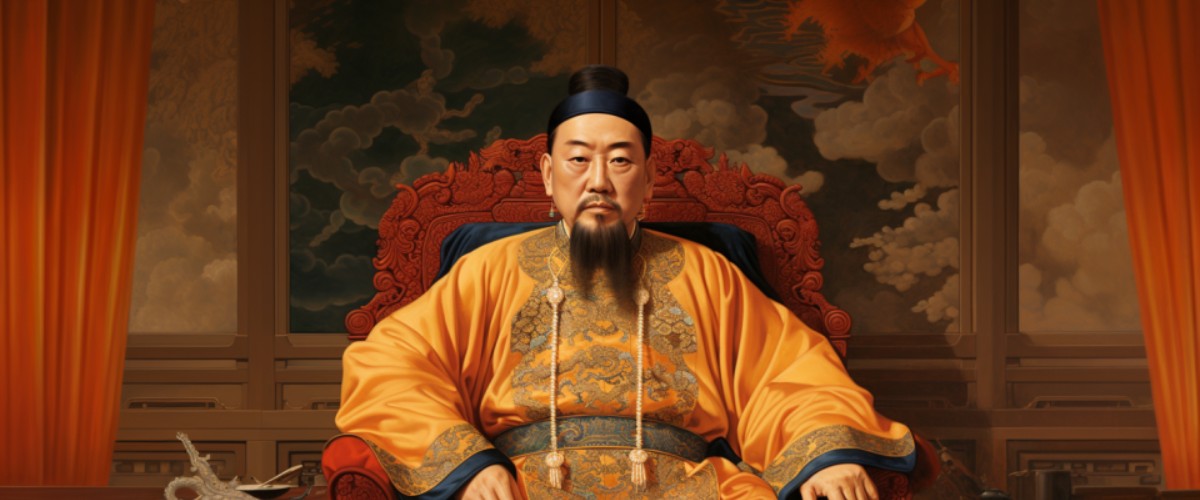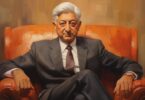Introduction:
Emperor Shenzong, also known as the Wanli Emperor, reigned from 1572 to 1620 and was the 14th emperor of China’s Ming Dynasty. He was an administrative genius whose rule saw unprecedented financial gains and reform.
Early Life:
Born Zhu Yijun in 1563, he was raised under the shadow of his father, the Longqing Emperor. The young Zhu was mentored by top scholars and bureaucrats, making him well-versed in statecraft, Confucian teachings, and military strategy from a young age. When his father passed away, Zhu was only nine years old, and thus, he inherited the throne under a regency until he came of age.
Spinning Silk into Gold:
Although Emperor Shenzong was relatively young when he assumed the throne, his reign marked numerous milestones in governance and financial reform. He began by establishing the Single Whip Law, a landmark tax reform that standardized taxation and contributed to economic stability. Furthermore, his endorsement of overseas trade led to a proliferation of wealth coming into the Ming Empire.
Major Achievements:
- Single Whip Law: This law simplified and standardized the complex tax system, making it easier for the common people and increasing the state’s revenue.
- Expansion of Maritime Trade: By encouraging maritime trade, Emperor Shenzong attracted wealth from around the globe into China.
- Military Fortifications: The emperor also invested in strengthening the Great Wall of China, ensuring security and stability during his reign.
- Arts and Culture: During his time, literature and arts flourished, some of which are considered classical masterpieces today.
Controversies/Challenges:
Emperor Shenzong’s later years were marked by his withdrawal from active governance, giving rise to corruption and inefficiency within his administration. Some historians speculate that his focus on financial gains did not fully address the deeper social issues, laying the groundwork for the eventual decline of the Ming Dynasty.
Legacy/Current Status:
Emperor Shenzong’s reign left an indelible mark on the Ming Dynasty and Chinese history at large. His financial reforms have been studied by historians and policy analysts as an early form of fiscal responsibility and innovation. Though he couldn’t entirely stave off the systemic challenges that led to the decline of the Ming Dynasty, his rule stands as a testament to the possibility of progress within an ancient system.
Quick Facts:
- Reign: 1572 – 1620
- Major Legislation: Single Whip Law
- Notable Quote: “The state thrives on righteousness, not on gold and silver.”
- Did You Know?: The Wanli Emperor was a great patron of the arts; his reign contributed to the creation of the famous Wanli porcelain.
Conclusion:
Emperor Shenzong’s reign is a captivating blend of fiscal innovation, military might, and cultural patronage. His policies ushered in an era of prosperity but also left us pondering: Can financial gains alone sustain a nation, or must they be paired with social reform? Emperor Shenzong’s story invites us to reflect on the complex and multi-dimensional aspects of governance.








